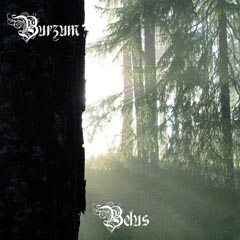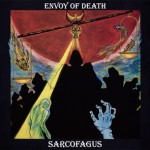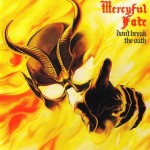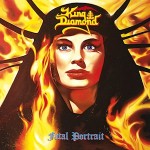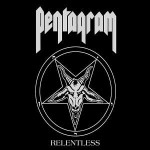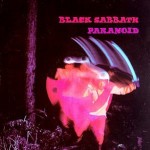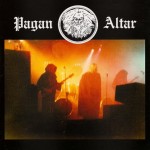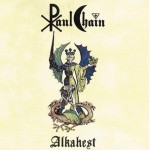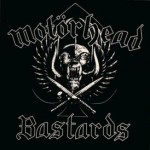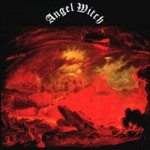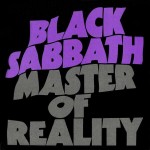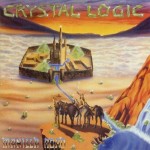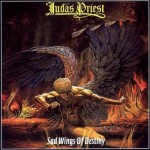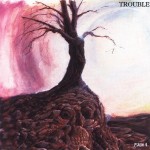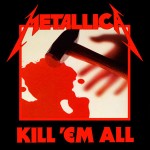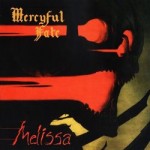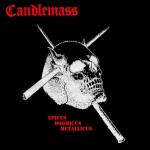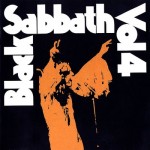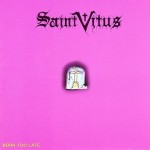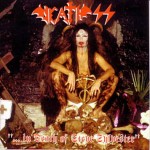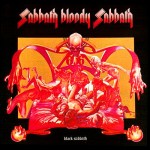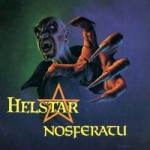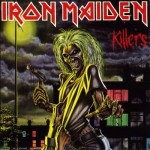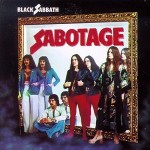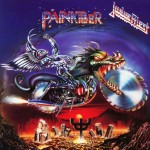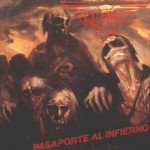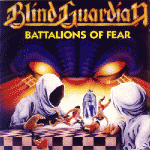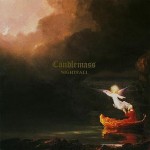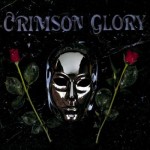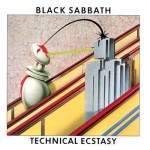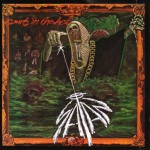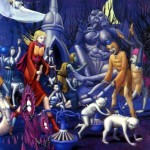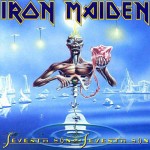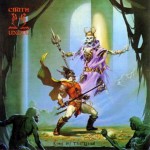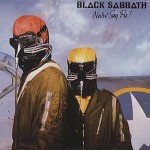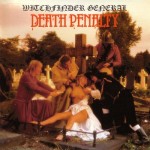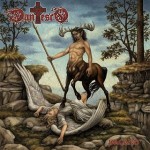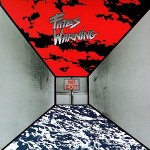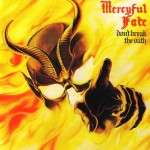Brief thoughts on two recent metal-related books, both small-print-run, DIY affairs:

A Salute to Heavy Metal Band Name Origins by Blair Gibson
Remember that book that was a list of every heavy metal band name gleaned from MySpace and Metal-Archives? You can get the real deal here instead: author Blair Gibson went out there to active bands and asked them to describe the origins of their names. And he gets them, time after time, for a fascinating study of detail that also reveals quite a bit about heavy metal. For example, the number of bands who picked word lengths and vowel distributions to make a good logo, or the number of tributes to earlier bands. Some stories are just bizarre and show us how bands ended up with enigmatic band names that are meaningless to the rest of us. Others make perfect sense and show a systematic approach to finding names that fit multiple criteria. For the casual reader, this book is probably doomed to the coffee table because it’s so easy to read if you pick up and start on a random page, or skim for favorite bands. However, it provides such a rich background of insight that it will fascinate die-hard metalheads and rock historians alike.

Glorious Times: A Pictorial of the Death Metal Scene 1984 – 1991 by Alan Moses and Brian Pattison
For good or ill, there is an obvious old-school revival afoot. Amidst all the vinyl lust and reformation mania, the hocking of the dusted-off thoughts and artifacts of the first generation of death metal ‘zine writers was probably an inevitability. Glorious Times, then, makes Alan Moses (Buttface ‘zine) and Brian Pattison (Chainsaw Abortions ‘zine) the trendsetters in what could easily become a highly active take on the metal nostalgia game (see the forthcoming Slayer ‘zine compilation and excitement surrounding it for proof).
Despite the “pictorial” label, Glorious Times instead features dozens of exclusive, band-submitted narratives and pictures supported by the authors’ collections of rare photographs. The tales look to be included in the book warts-and-all — editing, grammar and spelling — as submitted by the contributors in text form, and were solicited from a number of closely-related US bands, with a few stragglers from Europe called on to fill in the gaps. This creates something of a thread to be followed: one sees several names and faces pop up throughout the book regardless of the focus at any given point, which enforces a sense of camaraderie and makes a lot of the tour horror stories and rehearsal anecdotes that much more personally appealing and amusing.
While the above makes for enjoyable casual reading, the layout is unfortunately disjointed, rendering the “pictorial” side of the book distracting from the literary effect. The photo subjects are mostly well chosen, and the originals of high quality, but many of the images are bafflingly distorted from their original aspect ratios, are confusingly labeled or are oriented hastily with little regard to their context in the space of the book. It’s really too bad, as it undermines a lot of the documentary potential; a bit of caution with the aesthetic aspect, particularly for such an emphatically visual work, and this could have been legendary. Instead, it comes across as a fine idea with some haphazard execution that hurts its lifelong bookshelf appeal.
No Comments
